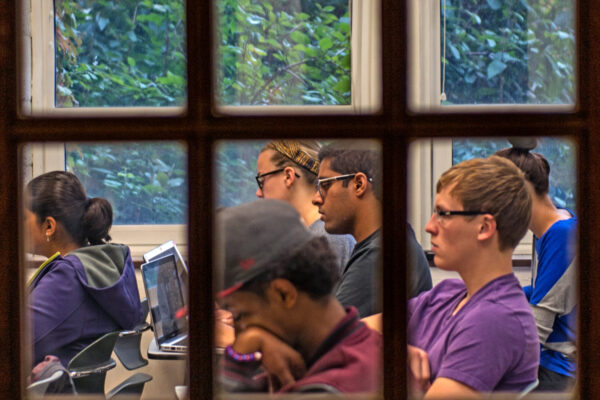What Should Institutions Be Focusing On to Recruit “Generation Pandemic”?
Title: Recruiting ‘Gen P’
Authors: Lizzy Donaher, Anne Dodson, Michael Koppenheffer, Pamela Kiecker Royall
Source: EAB
The Education Advisory Board (EAB) has released a new paper that provides insights on how the pandemic has changed college searches and recruitment for “Gen P,” the generation of students whose college decisions were impacted by their pandemic experience.
Using data from more than 20,000 high school students, the paper presents six main insights on how the pandemic has affected student behaviors including mental health, academic preparedness, in-person engagement, the value of college, consumer preferences, and expectations for digital experiences.
Key findings from the survey include:
- In 2019 and 2021, only 14 percent of students stated they were “not mentally ready” as their reason for opting out of college; this rose to 22 percent in 2023.
- Over 7 in 10 high school counselors report the pandemic has at least moderately weakened their students’ academic preparation.
- One in 5 students picked a hybrid option as one of their top two campus event types. Lower-income students, for whom travel to campus presents a greater financial strain, were more likely to favor hybrid events than their higher-income peers.
- From 2021 to 2023 there was an 11-percentage point increase in students interacting with colleges on social media; however, emails are still students’ preferred channel for communication from colleges.
- More than 1 in 3 counselors say fewer of their students are planning to attend college now compared to pre-pandemic, and 48 percent of counselors report fewer of their students view college as affordable compared to before the pandemic.
- Affordability and successful job placement upon graduation were two top priorities for students in choosing an academic institution.
- Two-thirds of participants in the 2019 survey had started researching colleges by the end of their sophomore year. In 2023, only 40 percent of students had started researching by that point.
The main takeaways for institutions to consider in recruiting this new generation of students are:
- Addressing families’ heightened concerns about student success during the pandemic by including reassuring messaging in marketing communications that highlights available support for a smooth transition to college.
- Balancing in-person events with virtual experiences offers benefits such as improved access and equity, digital and physical self-guided research aids, and valuable data indicators of student interest.
- Developing a robust, multichannel communication strategy for students and parents, focusing on key interests such as job placement, internships, and career services.
- Responsive, multichannel marketing supports engaging students at different points of their search processes.
To explore findings and methodological information about the paper, click here.
—Alexandria M. Falzarano
If you have any questions or comments about this blog post, please contact us.


